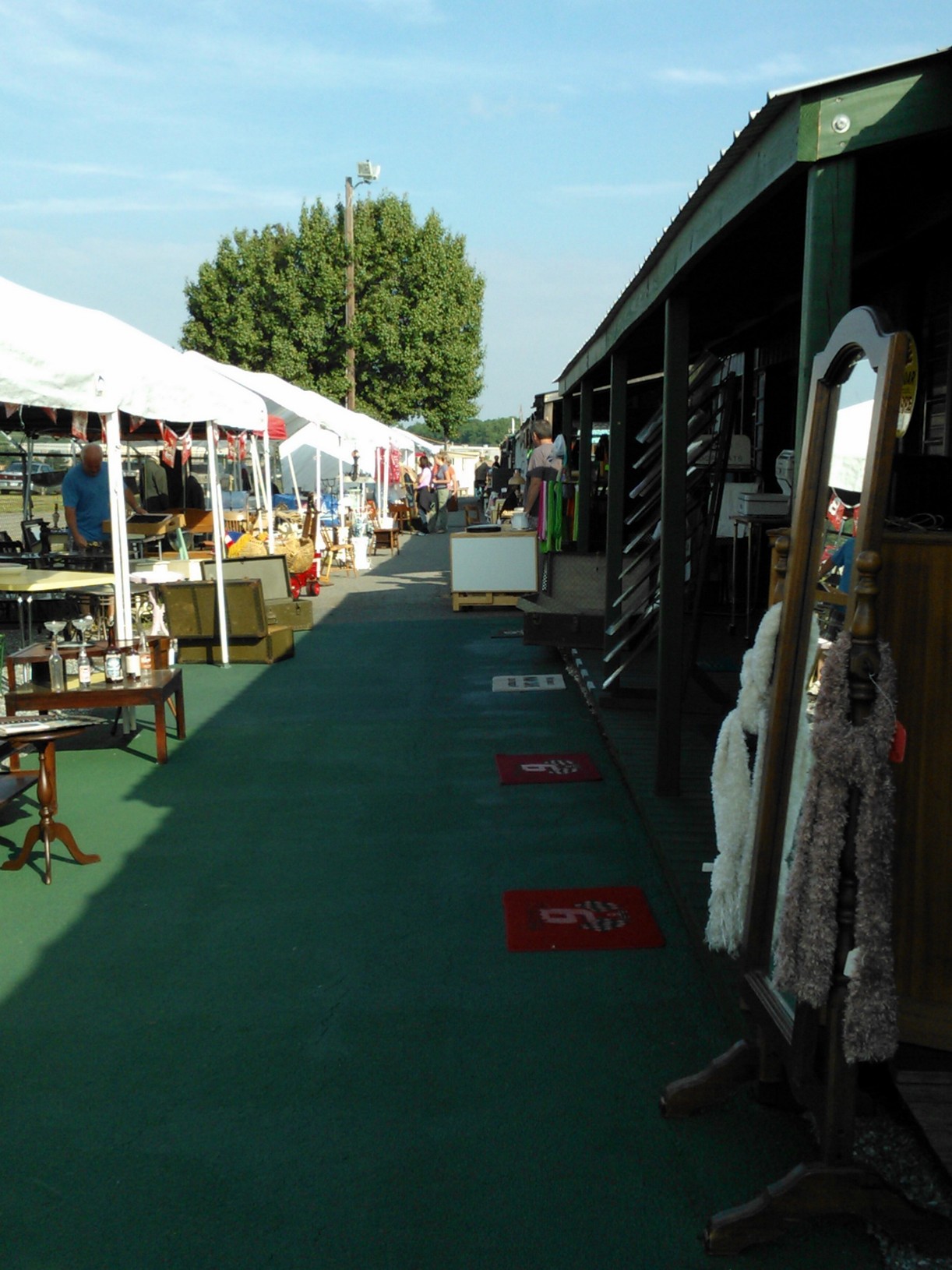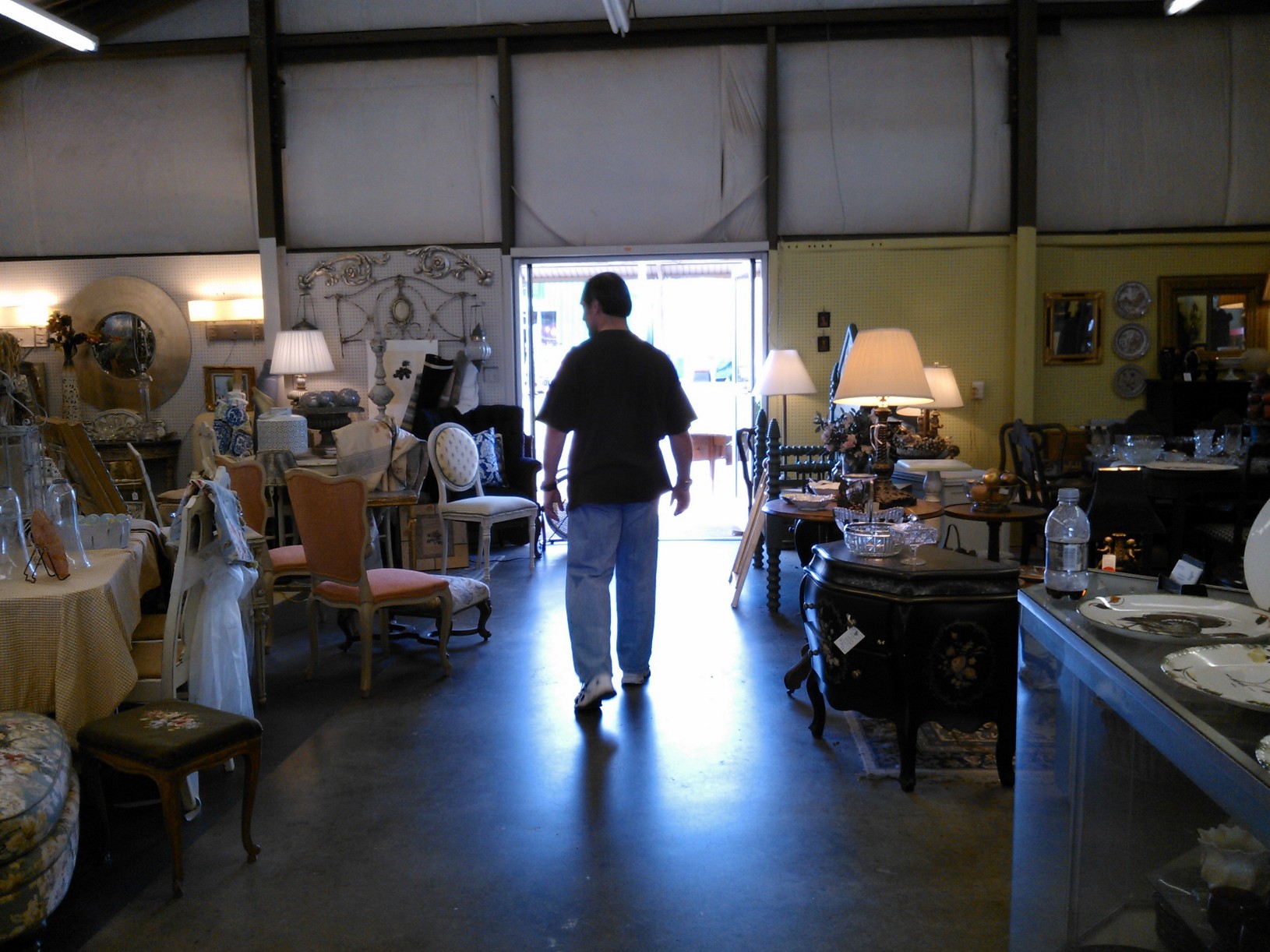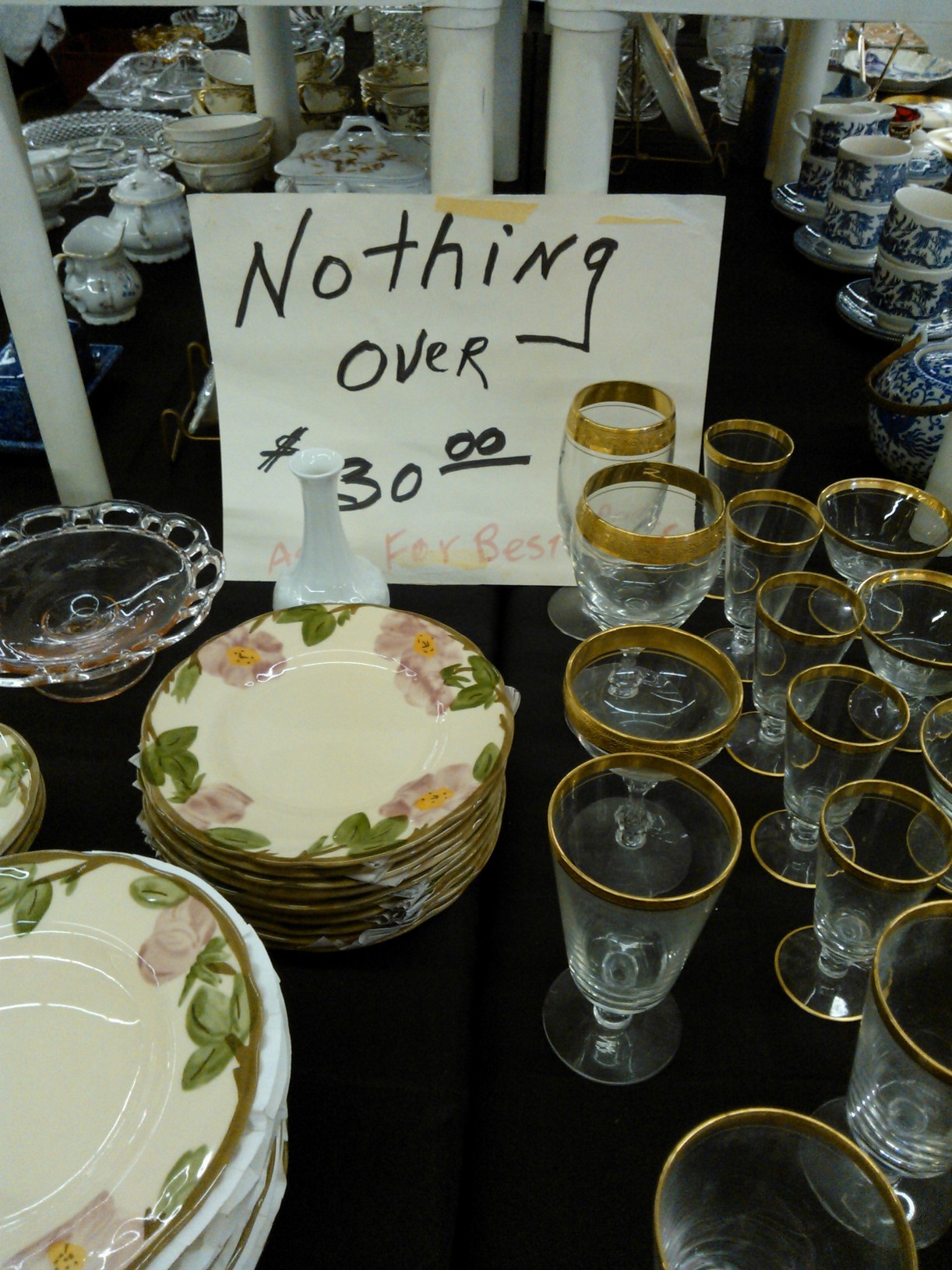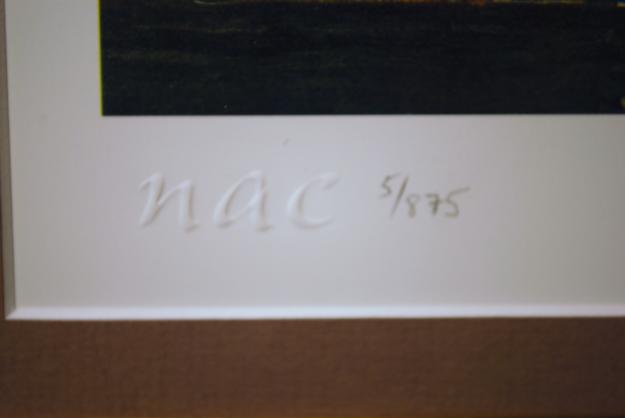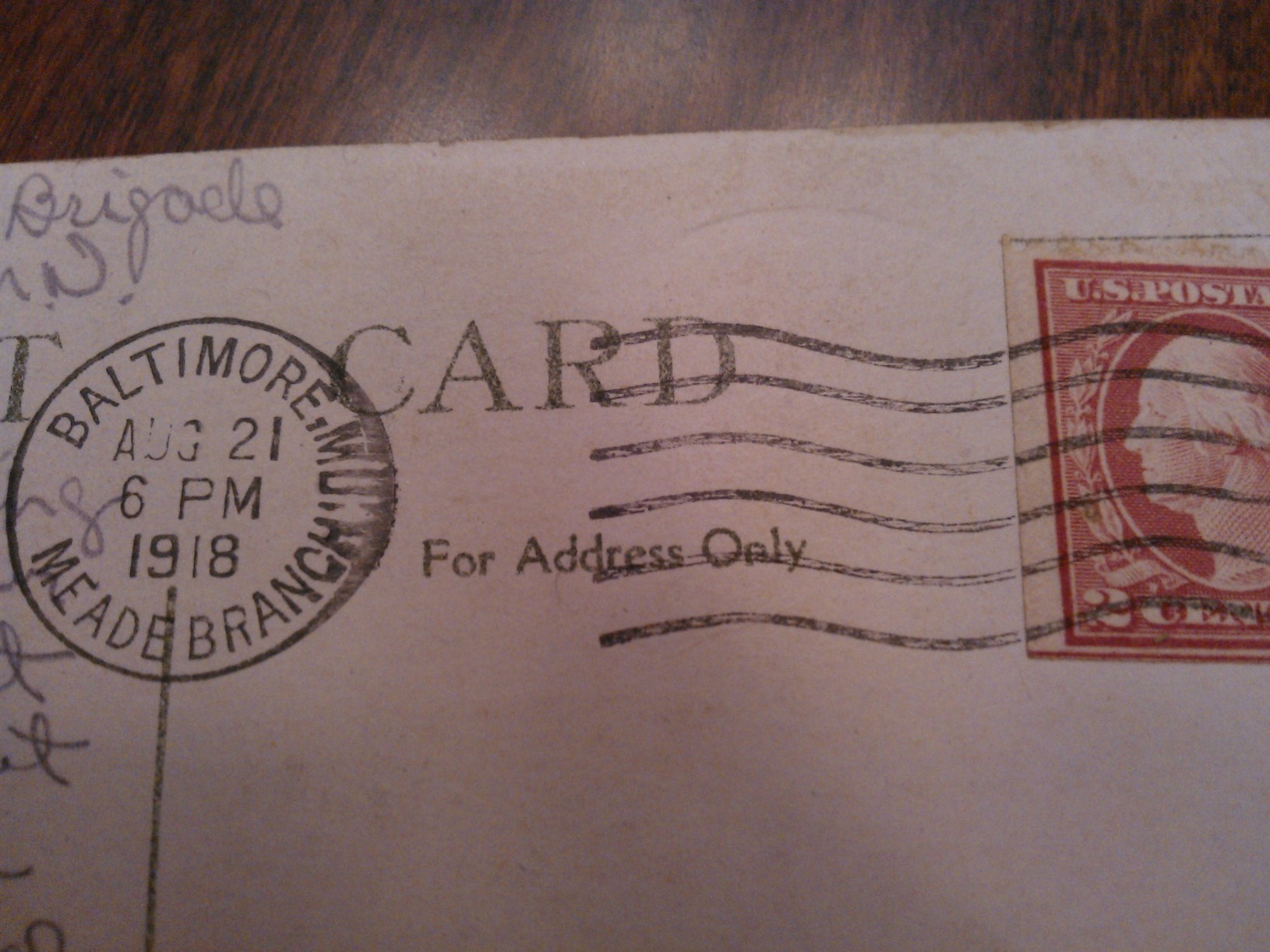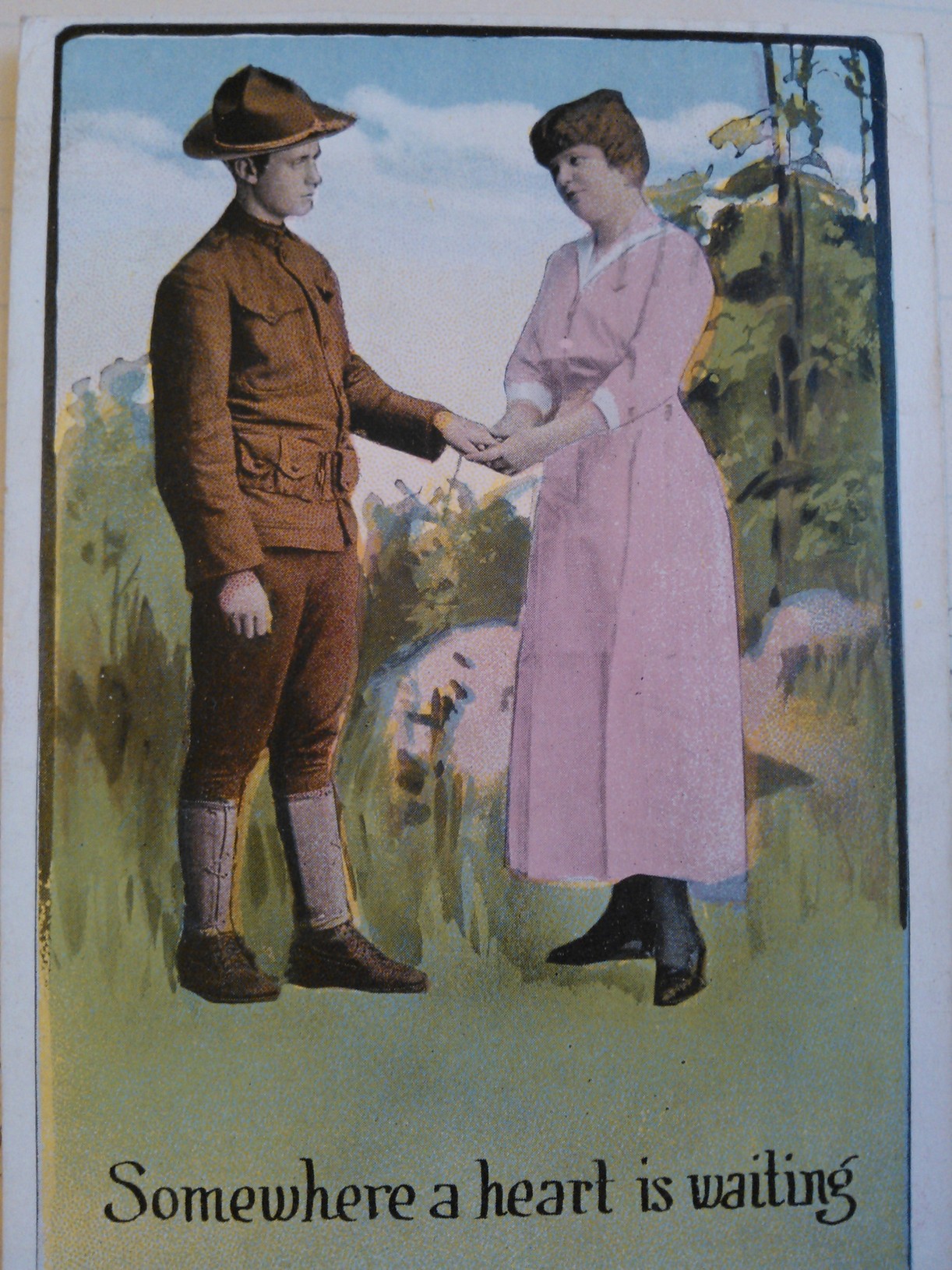Just this week, I have received numerous emails from people who are very concerned about the falling values of their tangible assets and the soft market that we are currently experiencing. These emails have asked me on a personal level how I feel about this and how I explain this to my clients.
This topic has touched a lot of nerves, which is why I have written about it recently, discussing what I am seeing at antiques shows and fairs, auctions, etc. It appears that people are beginning to awaken to the message I have been hollering for years; my message is a simple one. Don’t shoot the messenger because I am being upfront and honest with you, so that you can make solid, knowledgeable decisions regarding the items you want to sell (or not).
Whether I am conducting a formal appraisal report for heirs, consulting on an estate and working with the children or their elderly parents, my comments are pretty much the same. “Let’s sit for a moment and talk about your options, which options would be best for your estate situation, and the expectations you may have about your possessions.”
- The market is soft for several reasons, and the economy is just one of several problematic challenges we are all facing.
- Remember that as we lose our older loved ones, their possessions are, quite literally, flooding the market with traditional household furnishings.
- The problem is that there are not enough buyers for what’s coming on the market. The boomers have too much stuff and are trying to downsize. Their children have no interest in these items either.
- It all comes down to the Law of Supply & Demand. Too much supply and no demand drive prices south. Have something extraordinary? Demand will be high since supply is low, and the price will be driven up.
The problem with this near-perfect synopsis of the current marketplace is what is extraordinary to you, and what is extraordinary to those of us in the industry, are two totally different things. The average person out there thinks what they have is extraordinary just because it may be labeled “antique.” This couldn’t be further from the truth and I need your help in spreading the message.
“Extraordinary” exists only rarely like a flawless diamond. The earth provides them, but very seldom. This type of item will always attract buyers with deep pockets. A 150 year old Victorian marble-top dresser will not, because they are common, dreadfully heavy, and imposing. This style has fallen out of favor and very few are buying these kinds of items. When they do, the prices are low, far lower than the owner feels it should be. Will they ever come back in fashion, or will they ever go up in value? I’m not really sure. I think it is going to be a long while before values start heading north.
Another example of extraordinary would be owning Joe DiMaggio’s uniform, with pictures of him wearing it while standing next to his wife, Marilyn Monroe, and a letter from Joe giving you this uniform. THAT’S extraordinary! You have a group of rare items along with provenance of where it came from; serious baseball collectors would be vying for it.
I have taken much time to communicate extensively with my colleagues across the U.S. to discuss the economy and its effect on our clients. When times are bad, people turn to selling hard assets, and when they can’t sell them or they sell for very little, people have a tendency to get very upset. Who could blame them? We are all in agreement that exceptional items will always sell for exceptional prices, but these are few and far between.
Is there a solution to this terrible situation that has befallen us? Sometimes I wish I had that crystal ball, but since I don’t, I would encourage all of you. When you consider selling your possessions or heirlooms, first have them professionally looked at by someone who knows exactly what they are doing, not your Aunt Betty’s neighbor or friend who dabbles in stuff. You need someone who understands not only the market, but the trends we are currently seeing from region to region.
Most of all, the best advice I can offer is to go into it with neutral expectations. I know mom always thought it was worth a fortune, but chances are it was worth a fortune to her. If mom paid $5,000 for a designer piece, look at the time period when she purchased it or had it appraised. Those days are long gone! Something is worth what someone will give you for it. It has become a buyer’s market and buyers are more frugal because they know this.
No one person, especially an estate professional, is to blame for the many reasons our market is soft, but it is up to us to educate our clients and each other. Looking forward to better days …
©2013 The Estate Lady®
Julie Hall, The Estate Lady®, is the foremost national expert on personal property in estates, including liquidating, advising, and appraising. http://www.TheEstateLady.com She is also the Director of American Society of Estate Liquidators®, the national educational and resource organization for estate liquidation. http://www.aselonline.com.
No part of The Estate Lady® blogs, whole or partial, may be used without Julie Hall’s written consent. Email her at Julie@TheEstateLady.com



